
K-Pop: A Glittering Evolution from Humble Beginnings to Global Takeover
K-Pop isn’t just about catchy tunes and synchronized dance moves – it’s a cultural phenomenon that has swept the globe like a glitter bomb exploding in a slow-motion dreamscape. The journey of K-Pop is a riveting story of musical evolution, cultural integration, and global domination. Before the meticulously choreographed routines and the heart-stopping visuals, there was a humble seed waiting to blossom.
Our story begins in the 1950s, South Korea. During this era, the country was still recovering from the Korean War, and Western music styles like rock and roll were beginning to take root. Amidst this cultural shift, a young musical pioneer named Kim Sa-Hun began experimenting with new sounds. He wasn’t just mimicking Western music; he was weaving Korean lyrics and traditional melodies into the mix, creating a unique sound that hinted at the future K-Pop explosion. This period laid the groundwork for a musical revolution that would eventually take the world by storm.
K-Pop The 1990s
Fast forward to the 1990s, and the music scene in South Korea was ripe for a revolution. Enter Seo Taiji and Boys. This iconic group, formed in 1992, brought a potent blend of rap’s fierce energy, rock’s rebellious spirit, and Korean pop’s infectious melodies. Seo Taiji and Boys weren’t just creating music; they were crafting a blueprint for the future of K-Pop. Their electrifying performances, where music and dance became one, resonated deeply with a generation yearning for something new. This wasn’t just music – it was an identity, a movement. The success of Seo Taiji and Boys marked the birth of the K-Pop idol system, where meticulously trained performers would captivate audiences with their talent, visuals, and undeniable stage presence.
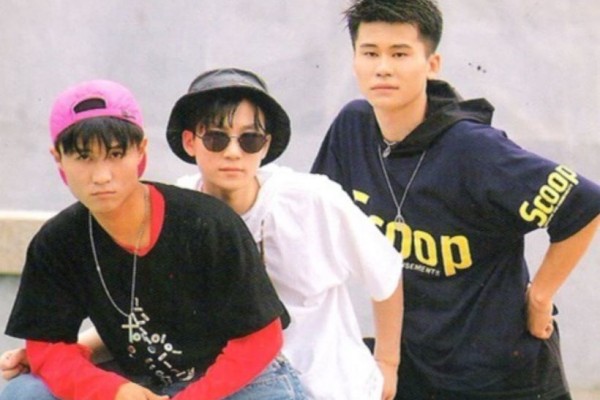
Seo Taiji and Boys
K-Pop Early 2000s
The late 90s and early 2000s were the golden age of first-generation K-Pop. Groups like H.O.T., with their bubblegum pop anthems and synchronized dance routines that seemed to defy gravity, became national sensations. Their music videos were a visual feast, combining elaborate sets with dazzling special effects. S.E.S., the girl group counterparts, stole hearts with their adorable charm and sugary-sweet melodies. Their fashion choices and hairstyles set trends that young fans eagerly followed. Fin.K.L brought a touch of girl power to the scene, proving that female idols could be both cute and charismatic while delivering powerful performances. These groups weren’t just artists; they were cultural icons, plastered on posters, inspiring fashion trends, and setting the standard for future K-Pop groups. Their influence extended beyond music, impacting various aspects of Korean culture.
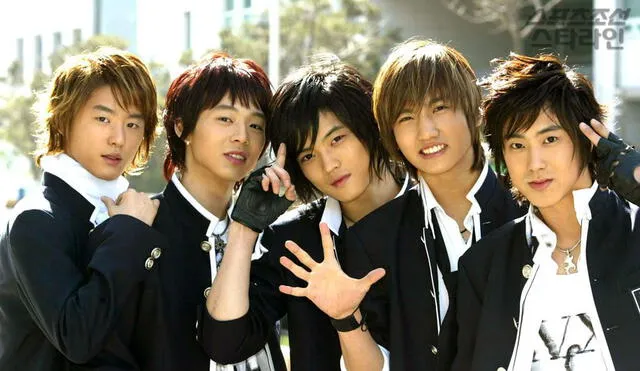
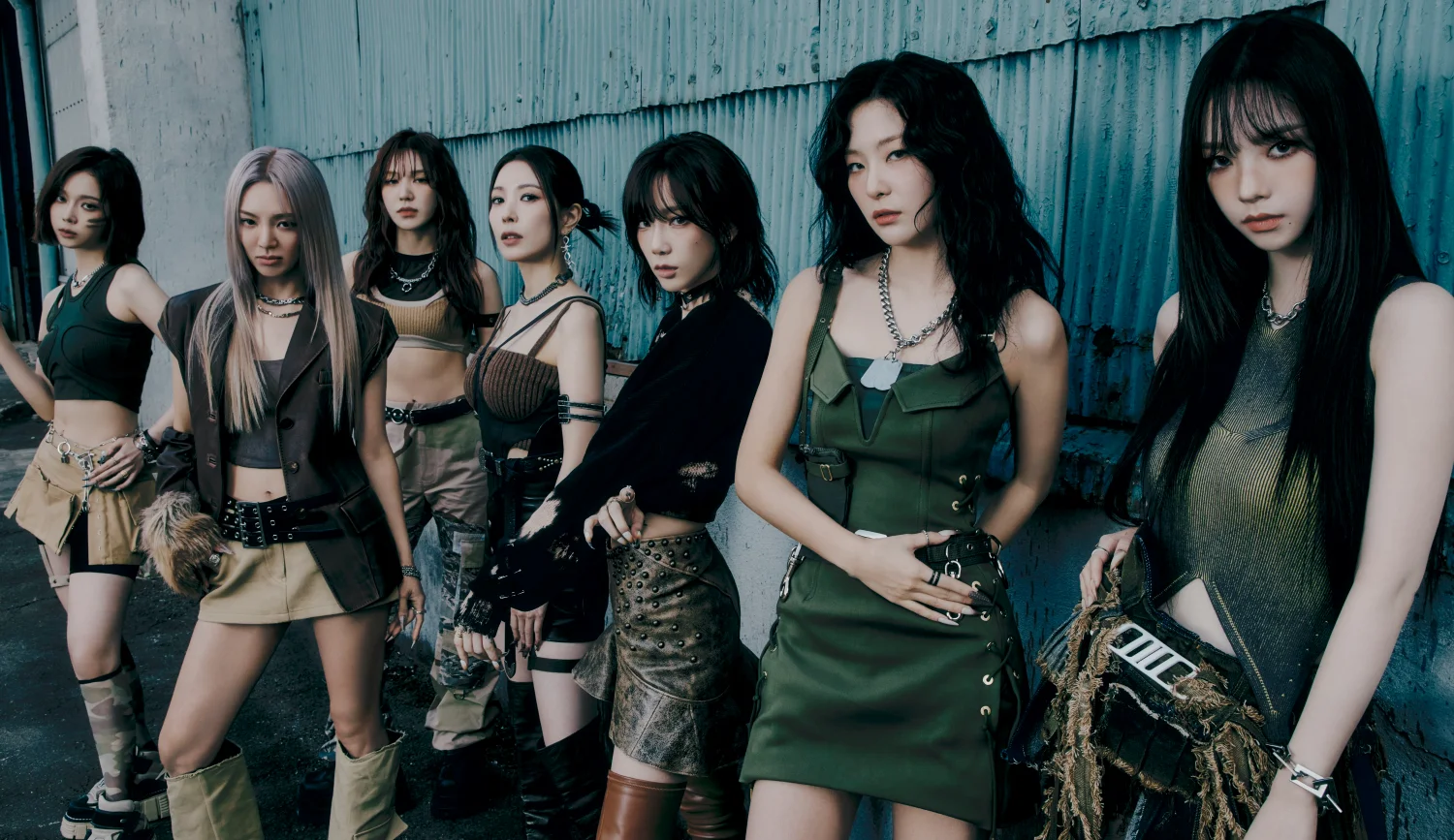
But just like any good story, there had to be a twist. The early 2000s saw a temporary lull in K-Pop’s dominance. Several factors contributed to this downturn, including economic challenges and shifts in musical tastes. However, the embers of passion never truly died. Then came TVXQ and BoA, two forces who reignited the K-Pop flame. TVXQ, also known as Dong Bang Shin Ki, debuted in 2003 and quickly captured the hearts of fans with their powerful vocals and intricate dance routines. BoA, often referred to as the “Queen of K-Pop,” debuted in 2000 and achieved remarkable success in Japan, becoming one of the first Korean artists to break into the Japanese market. Their achievements proved that K-Pop’s appeal transcended borders, and they laid the groundwork for the genre’s future international success. This, coupled with the rise of social media and the phenomenal popularity of Korean dramas like “Winter Sonata,” propelled K-Pop onto the global stage, sparking the now-legendary “Korean Wave.”
K-Pop’s golden age 2.0
The 2010s were K-Pop’s golden age 2.0. During this decade, K-Pop evolved into a multifaceted phenomenon that reached audiences far and wide. Groups like Girls’ Generation, with their infectious hooks and undeniable stage presence, became international stars. Their hit song “Gee” was a global sensation, and their perfectly synchronized dance routines became a hallmark of K-Pop.
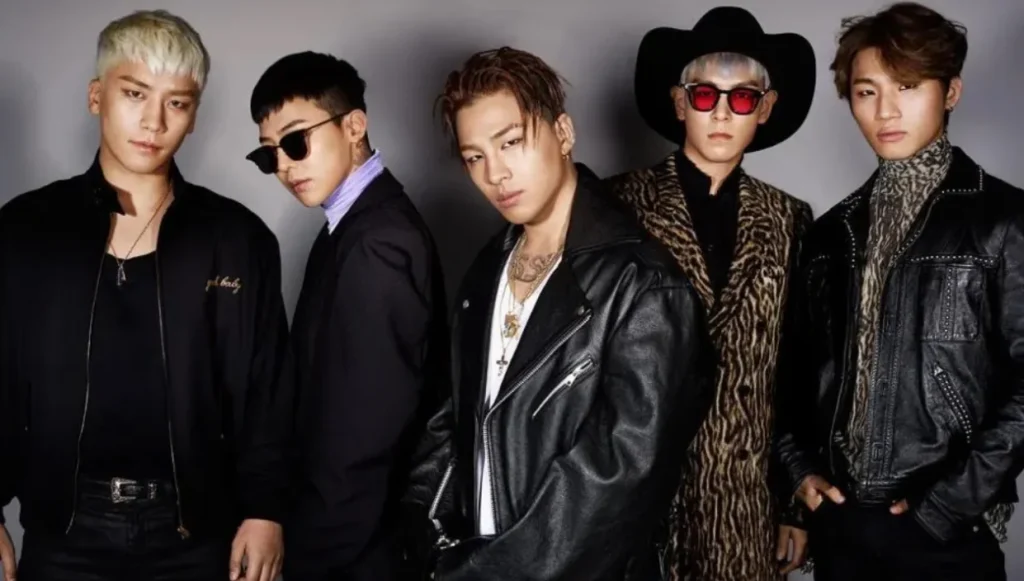
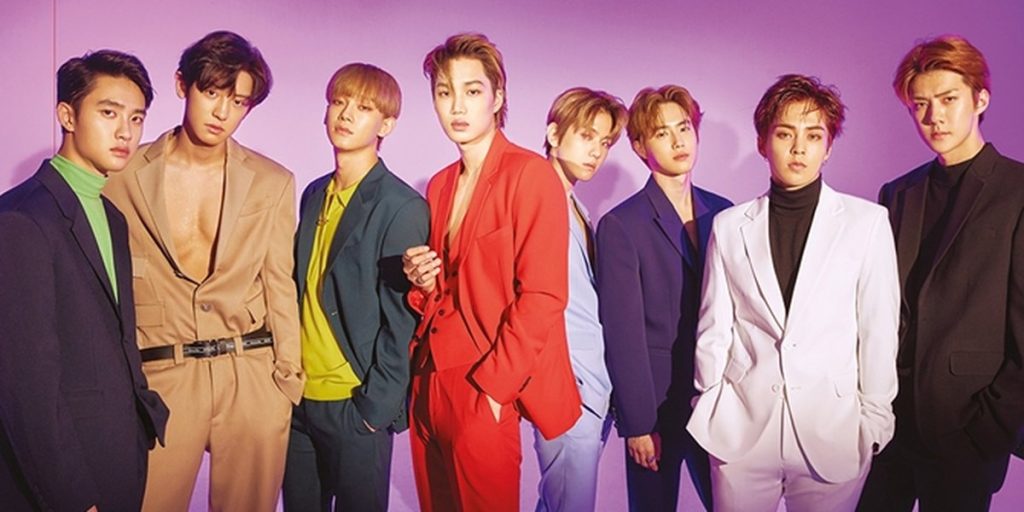
BIGBANG, with their genre-bending sound and rebellious image, pushed the boundaries of what K-Pop could be. Their bold fashion choices and innovative music videos set new standards for creativity and originality. EXO, with their larger-than-life concepts and intricate choreography, redefined the idol experience. Their elaborate stage performances and captivating music videos attracted a diverse fanbase. YouTube became a game-changer, allowing K-Pop music videos to reach a global audience, showcasing the dazzling visuals and synchronized dance moves that had become synonymous with the genre. Fans from around the world could now access K-Pop content with ease, further fueling the genre’s popularity.
BTS emerged
But the story doesn’t end there. In the late 2010s, a group called BTS emerged, and they shattered all expectations. BTS, also known as Bangtan Sonyeondan or Beyond The Scene, debuted in 2013 and quickly rose to prominence. With their self-produced music, tackling social issues in their lyrics, and a genuine connection with their fans (affectionately called ARMY), they garnered a devoted international following unlike anything seen before.


BTS wasn’t just another K-Pop group; they were a cultural phenomenon. They broke records, topped charts worldwide, sold out stadiums, and even delivered a speech at the United Nations. Their songs, such as “Blood Sweat & Tears” and “Spring Day,” resonated with fans on a deeply emotional level. They proved that K-Pop wasn’t just about catchy music and synchronized dance moves; it was about a message, a connection, and a global community. BTS’s success highlighted the power of authenticity and the importance of addressing meaningful topics in their music.
Today, K-Pop is a juggernaut. It’s constantly evolving, incorporating new influences and pushing boundaries. From the powerful vocals of solo artists like IU to the high-energy performances of groups like TWICE and Stray Kids, K-Pop offers something for everyone. IU, known for her soulful voice and heartfelt lyrics, has become one of Korea’s most beloved solo artists.
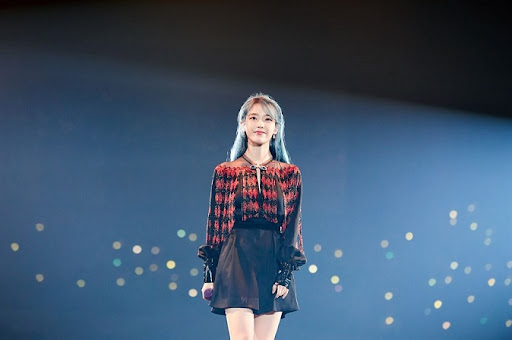
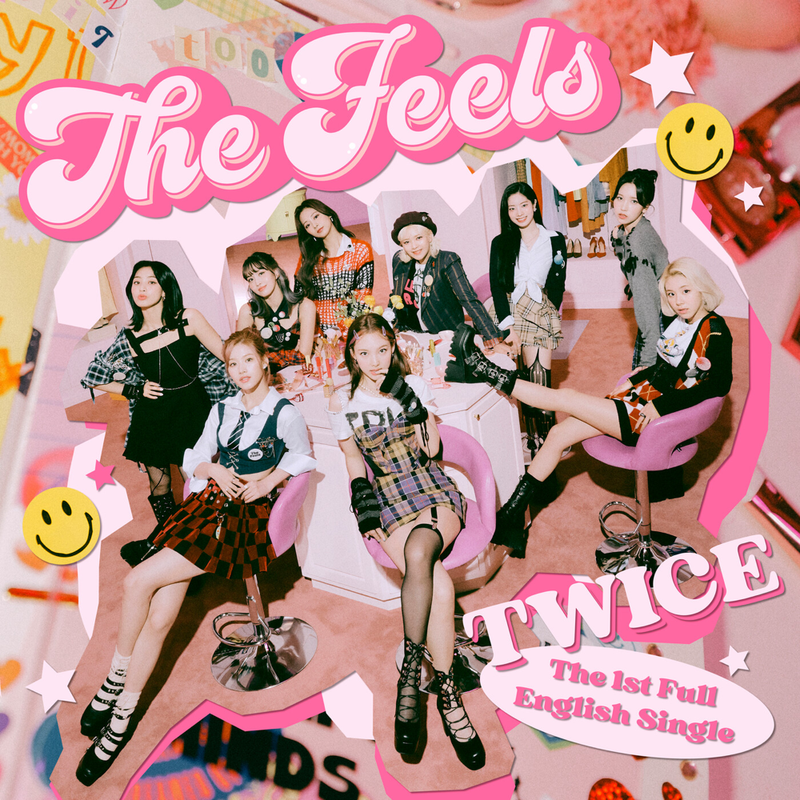
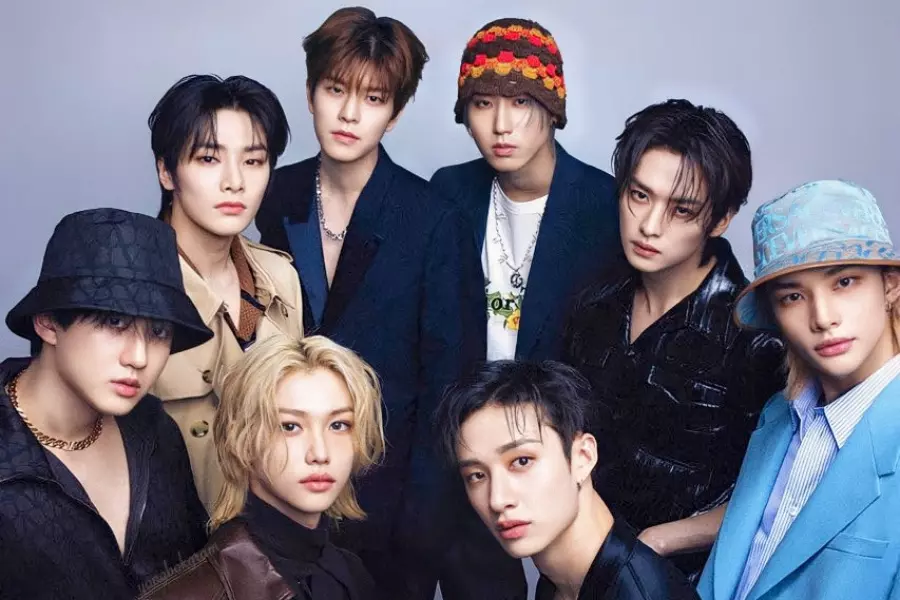
TWICE, with their infectious energy and catchy songs, have captured the hearts of fans worldwide. Stray Kids, known for their intense performances and self-produced music, have redefined what it means to be a K-Pop group. The genre continues to diversify, embracing new sounds and styles while staying true to its roots. K-Pop’s impact extends beyond music; it influences fashion, beauty trends, and even social issues. It’s a testament to the power of music, dance, and passionate fandoms to transcend borders and create a truly global phenomenon. The future of K-Pop is as glittering and dynamic as the music videos themselves, and one thing’s for sure – the world is eagerly waiting to see what dazzling chapter unfolds next. The journey of K-Pop is far from over, and its potential to inspire, entertain, and connect people around the world remains boundless.

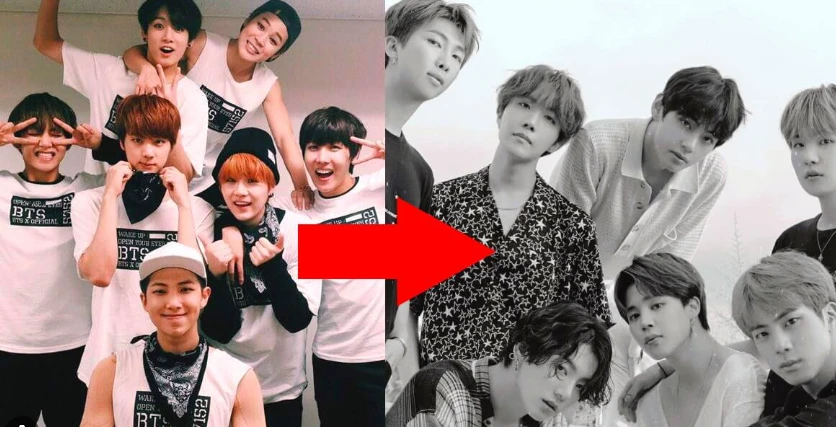




Responses